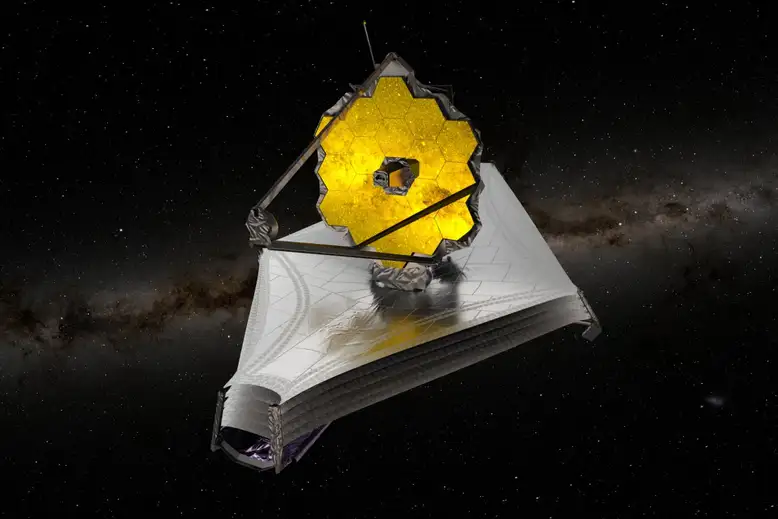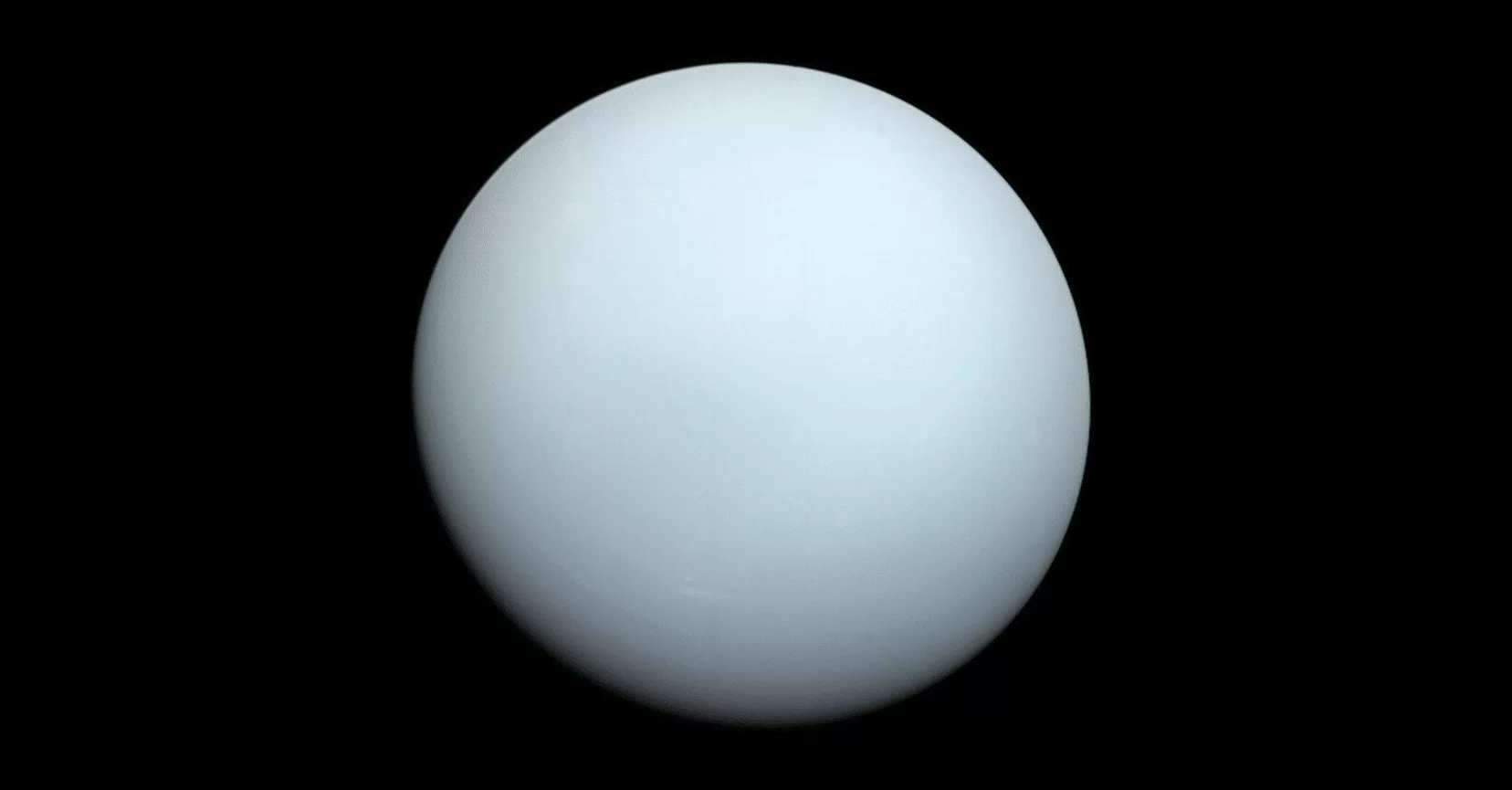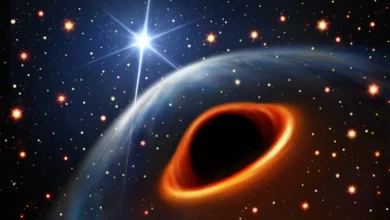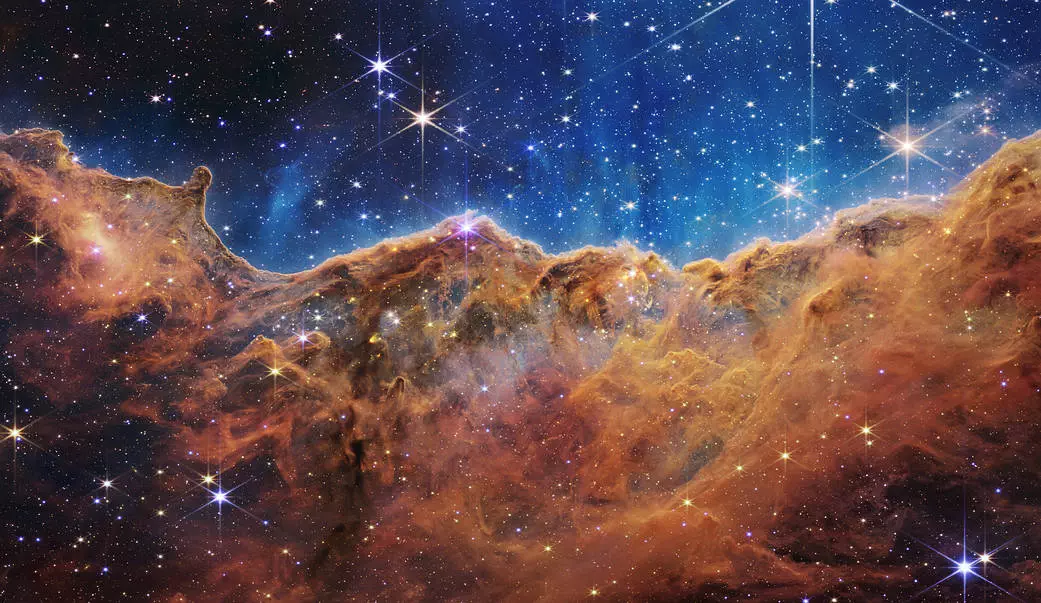The James Webb Telescope is Searching for Life in Outer Space
If there are habitable planets, we may know soon, as the James Webb Space Telescope has begun its search.
The James Webb Telescope is searching for life in outer space. Life in outer space has always been a mysterious topic for humanity. There is almost no hope for planets in our solar system. On the other hand, studying exoplanets also challenges the limits of the technology we have developed, at least so far.
Some studies have been conducted on exoplanets in recent decades. One of them has been revealed to have an atmosphere similar to Earth’s.
Now that the James Webb Telescope has begun research. It is an important step closer to providing us with the best information about the potential for life on exoplanets, according to NASA.
NASA’s Ames Research Center, based in California’s Silicon Valley, plans to conduct exoplanet research. Using the James Webb Space Telescope for the first time in the world. Of course, as the scope of the planet studied expands, so does diversity. “The diversity of planets we have discovered within the galaxy far exceeds the diversity of planets within our solar system,” said Natasha Batalha, a co-investigator in several Webb programs and a research scientist at Ames. “In our solar system, we have inner rocky worlds and gaseous outer planets. But the most common exoplanets we see lie in between.”
Beltaha’s team will investigate 11 planets, among those mentioned in the middle. Its purpose is to get a basic idea of how these exoplanets form and evolve. All this is to understand whether these planets have atmospheres or the possibility of life on them.
Related Article: Oumuamua may help the James Webb Telescope find aliens
Searching for potentially habitable exoplanets
“A planet’s atmosphere is essential to the possibility of life as we know it,” said Thomas Green, an astrophysicist at Ames. “We have developed the instruments of the James Webb Telescope to be able to provide us with the necessary data. We need to not only detect the atmosphere but also determine its components.”
James Webb is expected to collect data on a rocky exoplanet called TRAPPIST 1b. Although information about this planet is limited, TRAPPIST 1b is known to be the innermost planet in its system. It also orbits close to its small, cold, dwarf host star. With the information provided by James Webb, more information could be revealed about whether the planet holds the potential to host life.
Returning to Natasha Beltaha, she is investigating five exoplanets, two of which, TRAPPIST 1E and TRAPPIST 1E, are in the same system as TRAPPIST 1B. TRAPPIST 1E is also known to be located in the habitable zone. At the end of the observations, it can be revealed whether these planets have atmospheres and, if yes, what their composition is.
There’s a lot to discover about Earth, not to mention the solar system. But knowing more about exoplanets can help us understand their potential for habitability and lead us to better methods and directions in our exploration of space.
Related Article: The Hubble Deep Field will be surpassed by JWST









